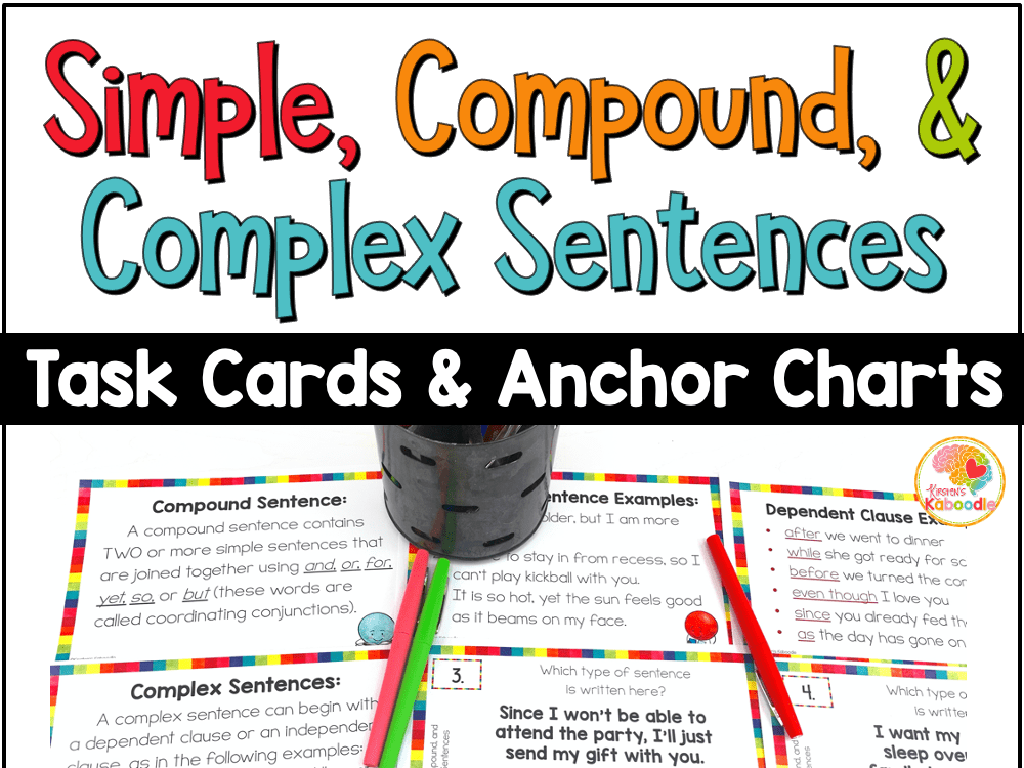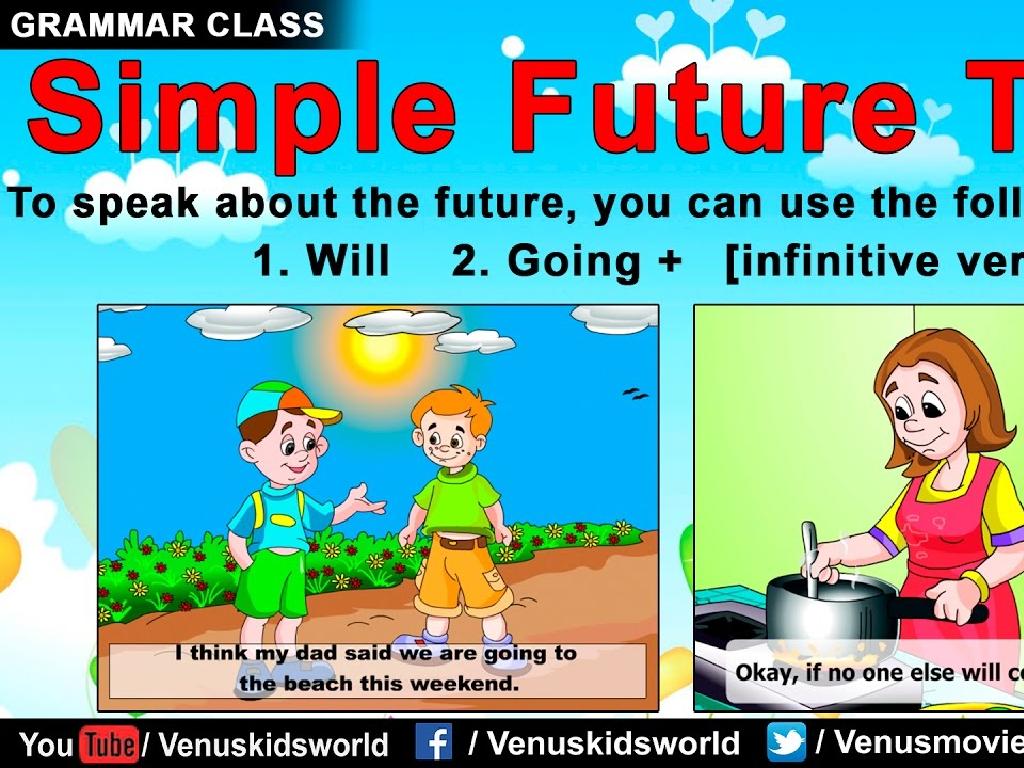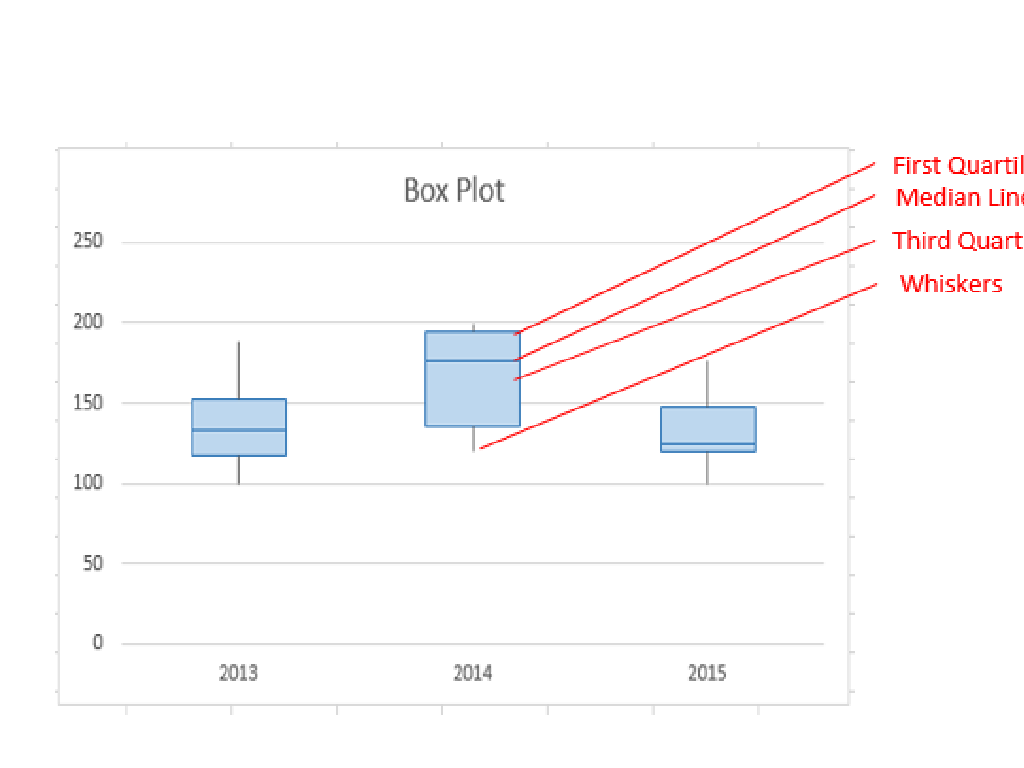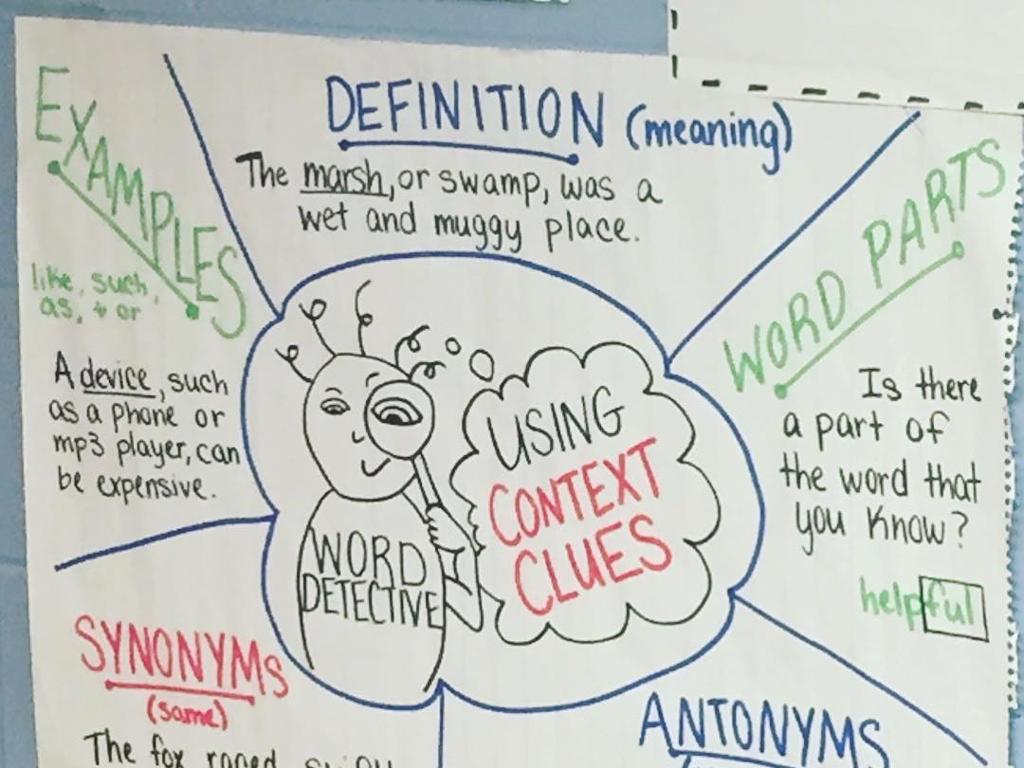Unit Prices: Find The Total Price
Subject: Math
Grade: Seventh grade
Topic: Consumer Math
Please LOG IN to download the presentation. Access is available to registered users only.
View More Content
Understanding Unit Prices in Consumer Math
– What are unit prices?
– Price per single unit of an item, e.g., price per pound of apples.
– Significance of calculating unit prices
– Helps in comparing costs and making economical choices.
– Real-life applications
– Used in budgeting, grocery shopping, and comparing product sizes.
– Class activity: Calculate total prices
– Find the total cost of items for a recipe or a shopping list.
|
This slide introduces the concept of unit prices, which is a crucial aspect of consumer math. Unit prices help consumers determine the cost of a single unit of any product, allowing for better financial decisions and comparison shopping. Emphasize the importance of this skill in everyday life, such as grocery shopping, where students can compare prices of bulk and individual items to find the best deal. For the class activity, students will practice calculating the total price of items needed for a simple recipe or a shopping list, reinforcing the concept of unit prices. This activity will help students understand how to apply unit prices to real-world scenarios and develop their budgeting skills.
Understanding Unit Prices
– Define Unit Price
– Price per single unit of an item
– Calculating Unit Price
– Divide the total cost by the number of units
– Everyday Unit Price Examples
– Milk: priced per gallon, Bananas: priced per pound
– Practice Finding Total Price
– Calculate total cost of multiple units
|
This slide introduces the concept of unit price, which is crucial for making informed consumer decisions. Begin by defining unit price as the cost for one unit of an item, which allows for price comparison regardless of package size. Demonstrate how to calculate unit price by dividing the total cost by the number of units. Provide relatable examples such as the price of milk per gallon or bananas per pound to illustrate the concept. Finally, engage students with practice problems where they calculate the total price of items based on their unit price and the quantity purchased. This will prepare them for real-life shopping scenarios where they need to determine the best value for money.
Calculating Unit Prices
– Understanding unit price formula
– Unit price = Total price / Quantity
– Example: Calculating unit price
– If 3 pens cost $6, unit price is $6 / 3 = $2 per pen
– Not all low unit prices are ‘best deals’
– Bulk items may have lower unit prices but consider product shelf-life and storage
– Smart consumer decision-making
|
This slide aims to teach students how to calculate unit prices and make informed consumer decisions. Start by explaining the unit price formula, which is the total price divided by the quantity. Work through an example calculation with the class to ensure understanding. Highlight that while lower unit prices can indicate a better deal, this isn’t always the case. Factors such as product shelf-life, storage space, and personal consumption rates can affect whether a bulk purchase is economical. Encourage students to think critically about their purchases and not just focus on the unit price but also consider their individual needs and circumstances.
Comparing Unit Prices
– Understanding unit prices
– Unit price: cost per item or measure
– Comparing brands with unit prices
– Example: Brand A vs. Brand B of cereal
– Interactive class value discussion
– Discuss which products give the best value
– Calculating total cost
– Multiply unit price by quantity needed
|
This slide introduces the concept of unit prices and how they can be used to compare the cost-effectiveness of different products, which is a key skill in consumer math. Start by explaining what a unit price is and how it can be calculated. Then, provide an example comparing two brands of the same product, such as cereal, to illustrate how unit prices can influence consumer choices. Engage the class in a discussion about finding the best value for money by considering unit prices. Finally, demonstrate how to calculate the total cost of products by multiplying the unit price by the quantity needed. Encourage students to think critically about their purchasing decisions and to practice these calculations with real-life examples.
Calculating Total Price from Unit Prices
– Calculate total price using unit prices
– Multiply the unit price by the quantity of items
– Example: Total cost of items
– If apples cost $2 per pound, what’s the cost of 5 pounds?
– Budgeting tips with unit prices
– Compare unit prices to stay within budget
– Practice with real-life scenarios
– Use grocery shopping as a practical example
|
This slide aims to teach students how to calculate the total price of items using their unit prices, an essential skill for smart shopping and budgeting. Start by explaining the concept of unit price and how it can be used to find the total cost by multiplication. Provide a clear example, such as calculating the total cost of apples by the pound. Offer tips on how to use unit prices to make budget-friendly choices and encourage students to practice with examples from everyday life, like grocery shopping. This will help them understand the practical application of math in real-world scenarios and improve their financial literacy.
Class Activity: Supermarket Sweep!
– Divide into small groups
– Receive a shopping list
– Calculate total using unit prices
– Add up the cost of all items on your list to find the total expense.
– Compete for the most accurate total
– The group closest to the correct total price will be declared the winner!
|
This activity is designed to help students apply their knowledge of unit prices in a fun and interactive way. By working in groups, they can collaborate to solve real-world math problems. Provide each group with a list of items and their respective unit prices. Students must calculate the total price of the items on their shopping list. Emphasize the importance of accuracy over speed to encourage careful calculation. Possible variations of the activity could include setting a budget limit, finding the best value for a set of items, or comparing brand prices. This will not only reinforce their understanding of unit prices but also teach them valuable consumer skills.
Wrapping Up: Unit Prices & Homework
– Recap: Unit prices & total cost
– Significance of unit price knowledge
– Helps make better budgeting decisions
– Homework: Compare local store unit prices
– Use a flyer to find different unit prices and calculate total costs for items
– Be a smart shopper!
|
As we conclude today’s lesson, it’s important to summarize the key points about unit prices and how to calculate the total cost. Emphasize the real-world application of this skill in everyday shopping and how it can lead to more informed and economical choices. For homework, students should find a local store flyer, identify various items, and compare their unit prices. This exercise will help them practice calculating total prices and reinforce the concept of getting the best value for money. Encourage students to share their findings in the next class to discuss how unit prices can vary and the impact on a consumer’s budget.





